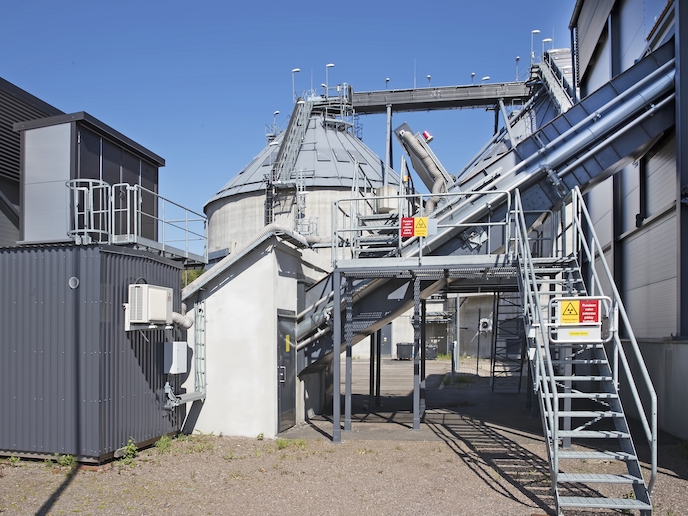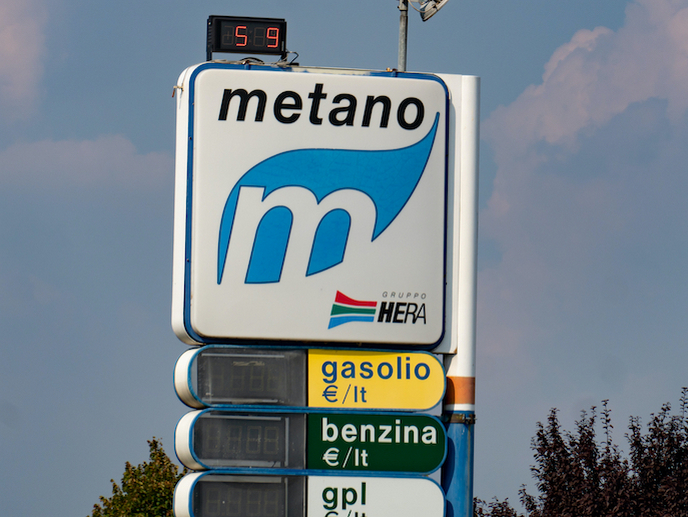Use of ultrasound for cheaper algae harvesting
Microalgae are produced around the world for use as livestock feed or in functional foods, cosmetics and pharmaceuticals. Furthermore, 30 % of microalgae are lipids, making it a promising feedstock for biodiesel. The current market of approximately EUR 1 billion is predicted to increase to around EUR 1 trillion if their potential for biofuels is realised. Algae are commercially grown in open ponds and then harvested using a centrifuge separator. However, this uses a great deal of energy because of the properties of microalgae and their low concentration in the growing medium. This can provide a significant barrier to small and medium-sized enterprises (SMEs). The ALGAEMAX (Reduction of microalgae harvesting costs via the development of an ultrasound flow cell to provide pre-concentration) project used acoustic standing waves for harvesting high-quality microalgae biomass from their water-based growth medium. Drawing from multidisciplinary expertise in a consortium of companies and research centres, ALGAEMAX designed and built two prototype ultrasound flow cells. This technology forces an algal cell-containing suspension through a chamber that emits ultrasound waves, which cause the cells to clump together, or flocculate. After validating the prototypes on a small scale using models and synthetic particles, the researchers tested them under different conditions with real algal cultures. The technology will be integrated into harvesting systems, thereby reducing investment and operational costs and enabling SMEs to grow their businesses. ALGAEMAX provides a gentle, chemical-free treatment that ensures the quality of the concentrate, a key factor in the high added value application of microalgae.
Keywords
Ultrasound, algae, algae harvesting, biofuel, microalgae, flow cell







